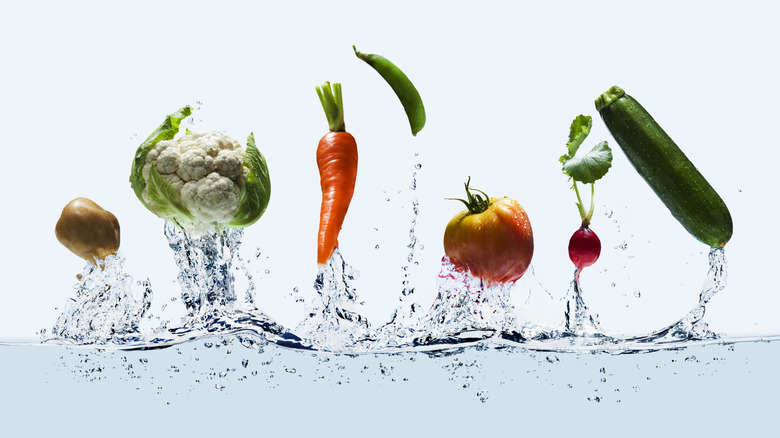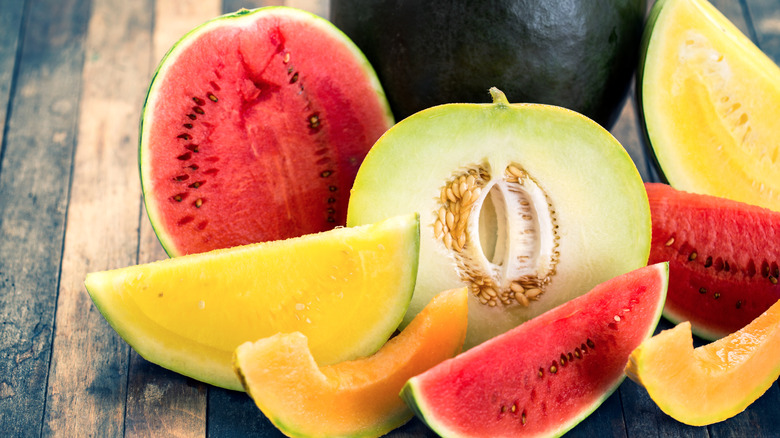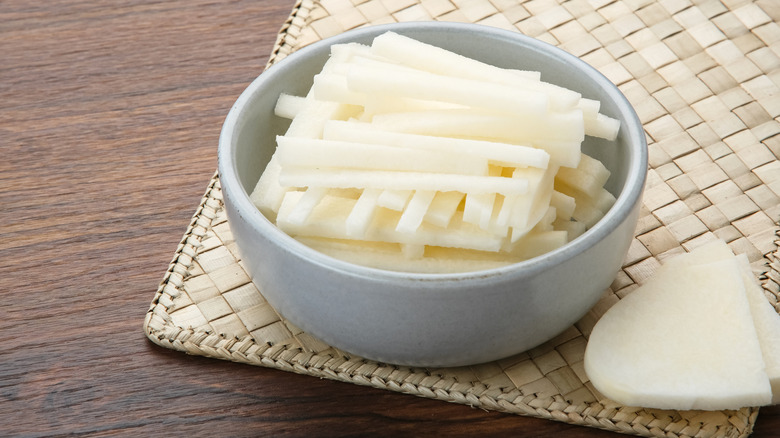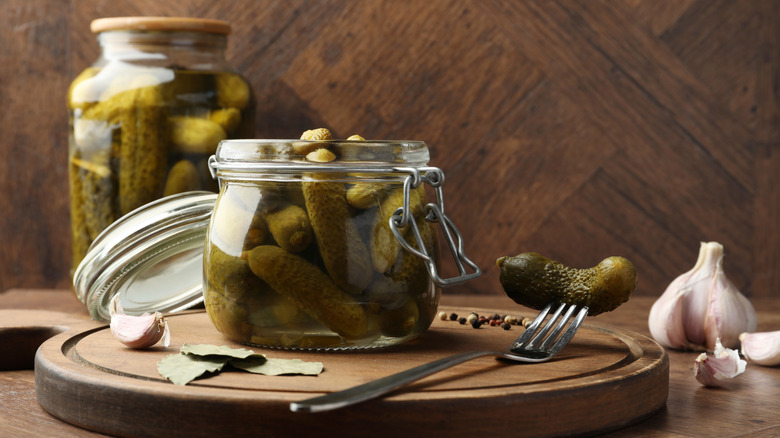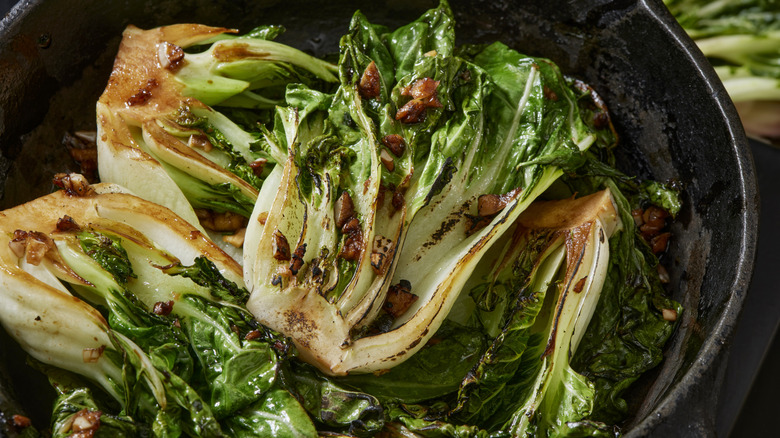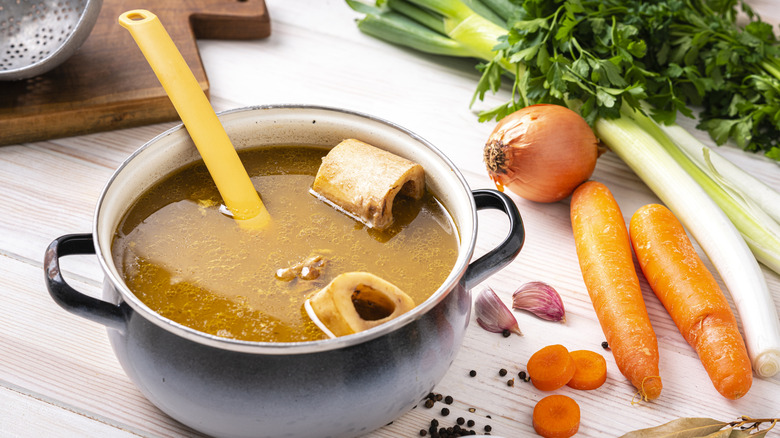5 Hydrating Foods You Should Be Eating
We turn to food for fullness, satisfaction, and comfort. Rarely do we consider the molecular makeup of our favorite foods and how a meal or snack can be more than just a satiating, crave-curbing experience. Many foods, despite their structure, crunch, and solidity, are composed primarily of thirst-quenching water.
Although a tall glass of refreshing water is the most efficient way to hydrate, eating hydrating food replenishes the body's water supply and supports essential functions like digestion, temperature regulation, and nutrient absorption. In a fast-paced world, it's easy to forget to drink the daily recommended amount of water, which is about 104 ounces for men and 72 ounces for women. When you make the right supermarket selections and integrate them into your diet, you can get 20% of your daily water intake from hydrating foods. Whether you have a hard time enjoying h2O, can't seem to find the time for it, or just want to boost your overall hydration, supplementing your diet with water-bursting foods makes staying hydrated feel effortless. Plus, most hydrating foods are also superfoods teeming with fiber, antioxidants, and essential vitamins and minerals — a double win!
Cool off with juicy melons
A sharable fruit with multiple cultivars, melons are a sweet tooth-kicking fruit large enough to enjoy for days. Whether you prefer sugary watermelon, earthy honeydew, or floral cantaloupe, melons are made up of 90% water, making them an excellent source of hydration. Melons are in season from May to September, which makes them a practical fruit selection for the sweltering summer months when dehydration is most common. Not only are melons steeped in refreshing water, but they're also a great source of antioxidants, which can lower disease risk, and vitamin C, which supports immune responses and glowing skin.
Despite being excellent standalone snacks or sides, melons are versatile enough to integrate into more complex recipes. Combine honeydew melon with diced jalapeños, red onion, tomato, cilantro, and lime juice to create a fiery yet tangy salsa perfect for topping tropical tacos or integrating into a bowl of white fish ceviche. Add cantaloupe to a Caprese salad with ripe tomatoes, milky mozzarella, peppery basil, and a swirl of balsamic glaze to give the timeless Italian medley a sweet and refreshing twist. Blend watermelon with mint and lime and strain it into an ice-filled glass for a crisp, sweet, and replenishing beverage that inspires the tastebuds while keeping you hydrated.
Shake up your veggie routine with refreshing jicama
Melons are one of the more glaringly hydrating foods, and while they're delicious bounties, there are other selections you might be overlooking in the produce section that are equally as refreshing and versatile. Enter jicama — the crispy, snack-worthy vegetable integral to Mexican, South American, and Asian cuisines. Made up of 90% water, jicama is a root vegetable with a texture akin to crunchy apples and a flavor marked by mild, nutty, and delicately sweet notes. Jicama is revered for its prebiotic properties that feed and support the growth of beneficial gut bacteria (probiotics), making it an essential function for maintaining a balanced and healthy microbiome. Plus, it's threaded with fiber and essential vitamins.
Jicama's fresh taste and thirst-quenching bravado work well in savory and sweet recipes. Although many root veggies like potatoes, ginger, garlic, and horseradish should be cooked before eating due to their intense flavor or difficult texture, jicama can be, and often is, consumed raw. Use jicama to jazz up your favorite slaw recipe, fill out poke bowls, or crown springy side salads. Of course, you can never go wrong by enjoying a bowl of Tajin-dusted jicama drizzled with lime as a picnic-ready snack. Jicama is in season from fall to spring, making it a delicacy that sticks around for much of the year. When summer hits and jicama is no longer at its peak, you can still turn to a bowling ball-sized melon for flavorful hydration.
The salty slake of pickles
It's relatively common knowledge that cucumbers are one of the most hydrating fruits in the food pyramid, boasting a whopping 96% water content. But when they're steeped in salt and vinegar to make pickles, surely they lose their hydrating properties, right? Although salt isn't exactly synonymous with hydration, it is an essential electrolyte that maintains hydration by balancing fluid retention in the body, making pickles a surprisingly water-replenishing snack.
Pickles are a go-to post-workout snack bursting with tangy, zippy flavors and hydrating, muscle-repairing embellishments. Whether you like yours spicy, sweet, or cut with the garden-fresh taste of aromatic dill, any pickle variety can elevate your daily water intake. Widely available at every point in the year, pickles deserve a mainstay spot in your fridge. Enjoy them as snacks plucked straight from the jar, integrate them into charcuterie boards, or add fistfuls to your favorite burger to get a burst of hydration from this unsuspecting but electrolyte-filled kitchen essential.
The understated blast of hydration in bok choy
Many hydrating foods are armed with a refreshing, on-the-nose, water-filled crunch. However, hydrating foods aren't always exploding with water at first bite. Take bok choy, for example, a Chinese leafy green with a subtle yet substantial hydration delivery system. Although it doesn't exude the same dam-bursting explosion of water, bok choy is packed with more hydration than the eponymous watermelon, made up of a cool 96% water. In addition to its understated yet ample water volume, bok choy is a cruciferous vegetable — heart-healthy, blood-sugar-balancing, cancer-fighting powerhouse greens derived from the wild mustard plant.
Bok choy is one of the most versatile leafy greens. Although it can be eaten raw, it fairs just as well on the stovetop and grill as it does in a steamer basket. Easy to find and available year-round, bok choy is a hearty and hydrating addition to soups, stews, stir-fries, and salads. Season bok choy with salt, pepper, and garlic powder and you won't even realize that you're ramping up your daily water intake.
Boosting hydration with bone broth
A miracle disguised as comfort food, bone broth is so savory that it's not exactly the first foodstuff that jumps to mind when searching for hydrating provisions. Before bone broth becomes an umami-blasted cold-curing cooking liquid, it's nothing more than hot water. Although the exact water percentage depends on the ingredient ratios used, broth is a cozy and warming source of hydration. Made by slow-simmering beef, poultry, or pork bones in water for an extended period, bone broth is dripping in collagen, amino acids, and electrolytes.
Sippable or spoonable, you can enjoy a cup of bone broth as it is for a nutrient-rich, hydrating drink or use it to cook your favorite meats, veggies, and starches. Cooking with bone broth is easy and accessible to chefs and home cooks of all levels — simply add your favorite soup or stew ingredients to a broth-filled pot and let it cook down to perfection to enjoy its hearty, water-centric richness. Bok choy soup, anyone?
